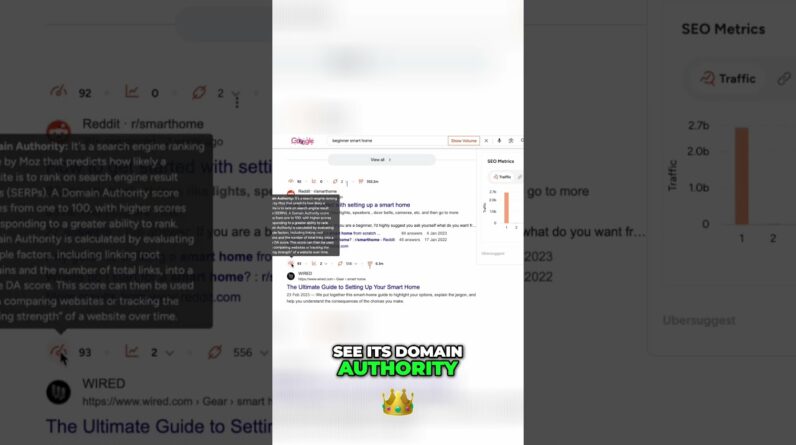
In our blog post today, we will delve into the crucial topic of avoiding three common mistakes when building UTMs. A well-structured UTM strategy is paramount for accurate tracking and optimizing your marketing efforts. Let’s explore the pitfalls to steer clear of in order to maximize the effectiveness of your campaigns.
3 Mistakes to Avoid When Building UTMs
Introduction
When it comes to digital marketing, tracking and analyzing the performance of your campaigns is paramount. Using Urchin Tracking Module (UTM) parameters is a common strategy to gather data and insights about your website traffic. However, there are certain mistakes that marketers often make when creating UTMs, which can lead to inaccurate data and flawed analysis. In this article, we will discuss the three most common mistakes to avoid when building UTMs.
Mistake #1: Inconsistent Naming Conventions
One of the most critical aspects of using UTMs effectively is maintaining consistent naming conventions for your parameters. If you’re not careful with capitalization, you could end up with multiple variations of the same UTM parameter, which can skew your data and make it difficult to analyze. To prevent this confusion, make sure that your UTM parameters are consistently named and follow a standardized format throughout all your campaigns.
Mistake #2: Using Unnecessary Parameters
While it may be tempting to include all five UTM parameters (source, medium, campaign, term, content) in your tracking links, using only the necessary parameters can streamline your campaign analysis. Including extraneous parameters not only clutters your data but also makes it harder to pinpoint which elements are driving the most traffic and conversions. Focus on the essential parameters that provide meaningful insights without overwhelming your reports.
Mistake #3: Inconsistent UTM Usage Across Links
Another common mistake to avoid is using UTMs inconsistently across your links. Whether it’s a social media post, email campaign, or banner ad, it’s crucial to use UTMs consistently to obtain a comprehensive view of your campaign performance. Inconsistent UTM usage can result in fragmented data that hinders your ability to track the effectiveness of your various marketing channels. By maintaining uniformity in your UTM implementation, you can ensure accurate tracking and valuable insights for optimizing your marketing strategies.
Conclusion
In conclusion, building UTMs is a powerful tool for tracking and analyzing your digital marketing efforts. By avoiding the common mistakes discussed in this article, you can ensure that your data is accurate, insightful, and actionable. Consistent naming conventions, using only necessary parameters, and maintaining uniformity in UTM usage across all links are essential practices for maximizing the effectiveness of your campaigns.
FAQs About UTM Tracking
- Why is it important to maintain consistent naming conventions for UTM parameters?
- How can using unnecessary parameters in UTM tracking impact campaign analysis?
- What are the consequences of using UTMs inconsistently across different marketing channels?
- How do accurate UTMs contribute to marketing optimization?
- What tools can help marketers streamline UTM creation and tracking processes?






